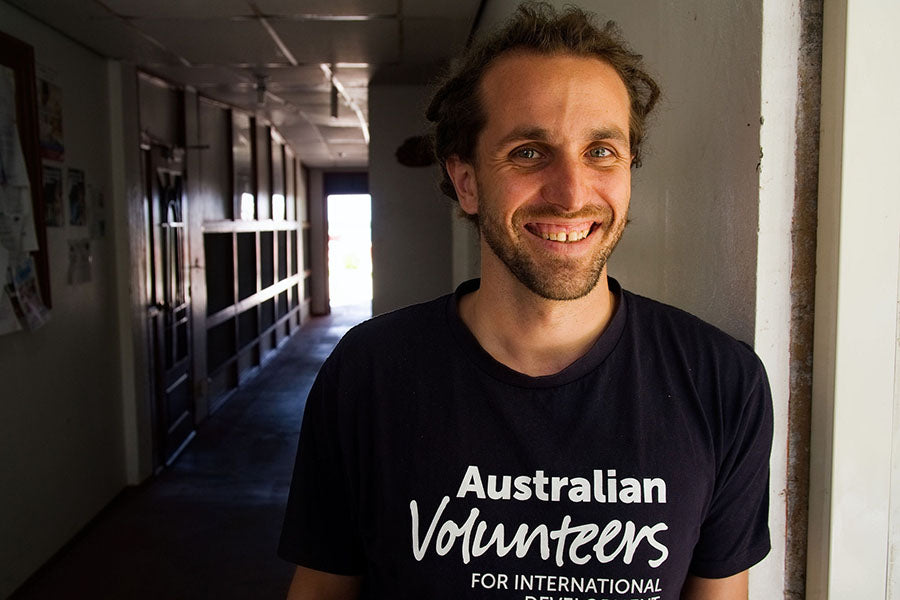Just 7 degrees north of the equator in the western Pacific Ocean, lays the beautiful island atoll of Yap.
Ringed by coral reefs, and home to manta rays and sharks, Yap is well known for its rich culture, spectacular dive sites, thatched huts and ancient stone money.
Sounds idyllic, doesn’t it?
But the people on the outer islands of Yap are on the front lines of climate change.
A community at risk
Their homes are prone to severe natural disaster, where trade winds can dramatically turn into ravaging typhoons, 6-month long dry seasons threaten the island with drought, and monsoon lasts for months bringing with it plague-like diseases such as Leptospirosis and Dengue Fever that can wipe out an entire community.
As the sea levels rise, these people stand to lose everything.
In many cases, they are being forced to leave behind their traditional lifestyles and move to the main island of Yap for safety and refuge.
They are becoming displaced. And it’s taking its toll on them - physically, mentally and emotionally.
First aid critical
For the Yapese, first aid is critical. Education and access to sanitary equipment helps prepare these communities for the challenges of this climate crisis.
Micronesia Red Cross Society (MRCS) is working with the Government of Yap to provide quick disaster relief and support in first aid emergencies such as dehydration when people can’t access safe drinking water.
They are preparing locals and training them in basic lifesaving skills with free first aid training for all communities.
And, they have trained and upgraded first aid certifications for more than 100 locals on the island, targeting key departments such as Department of Health Services, medical clinics, public safety, and schools.
Their work is building educated and resilient communities throughout the 100-mile region of Yap.

The Australian Volunteers Program
But when our mate on the ground Pat Sim, Disaster Management Mentor with the Australian Volunteers Program, told us many locals didn’t have access to sanitary first aid supplies, we needed to help.
He connected us with MRCS Yap Chapter Coordinator, Bobby Bel Gorongfich, and within two weeks Survival Emergency Solutions had by-passed the expensive USA mail route and couriered first aid kits and a box of refill supplies directly to the area.

First aid in action
The first aid kits are being used by the Red Cross at public sporting and community events.
“The Survival First Aid KITS are high quality and easy to use,” said Bobby.
“Our certified first aid volunteers and those in training are now using sanitary supplies instead of whatever they could find in an emergency.
“And they’ve sparked widespread interest in first aid across the region,” he said.
Bobby said the kits will help the Red Cross train people from each of the ten municipalities on the main island of Yap, and neighbouring islands within Yap State.
“It’s a step forward in the face of adversity. But it’s just the beginning.”

The effects of climate change are still emerging.
But it’s likely these islands will continue being hit by wild storms, rising oceans and insect-borne disease.
The MRCS Yap Chapter only have enough mosquito nets for 10% of the population in the event of a Leptospirosis and Dengue Fever outbreak.
To effectively slow down widespread disease they will need access to supplements and medicine.
As their first aid supplies run dry, they’ll need to restock.
How can you help?
We can’t all be volunteers in disaster-stricken areas. But we can all help.
You can donate to Micronesia Red Cross Society. Call them on +691 320 7077.
Or follow them on Facebook.
As the climate crisis unfolds, it will be the ongoing support of good people and aid organisations who help the people of Yap survive.
Organisations like Survival will do what they can to support the extraordinary work being done on the ground by the Red Cross and Australian volunteers.
The question is: what will you do?
